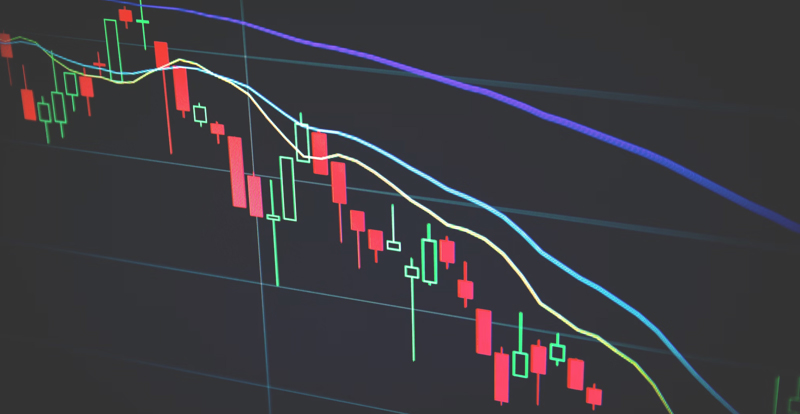Highlights
The record uncertainty into which the Trump administration has plunged the global economy has finally dragged the S&P 500 into correction territory in March. However, what happens next depends largely on the scale of the economic slowdown that is beginning to take shape.
In this respect, consumer sentiment surveys do not lie: nascent optimism has turned into growing pessimism over the past three months. And while the overall economic data is not as bleak, the U.S. administration runs the risk of triggering a recessionary spiral if allowing this situation to last too long.
Nonetheless, performances of the main asset classes in Q1-2025 were nothing exceptional, with global equities and bonds posting modest and similar returns, in line with our baseline scenario. What is surprising is the underperformance of the United States relative to the EAFE region over the period: the worst in 23 years.
The risk of foreign stocks keeping pace with North America seems limited in the short term. However, a sustained downward trend in the US$ could ultimately justify a change in our geographical mix, which will probably have to wait until the tariff cloud clears a little.
In sum, the economy is going through a rough patch and, although our baseline scenario still foresees slight economic growth, the likelihood of a recession has increased.
Against this backdrop, we are maintaining a balanced allocation between equities and bonds. However, in the event of an overreaction to the decline in the stock markets, an opportunity to go against the tide could arise. However, the asymmetry of the scenarios is not yet sufficiently bullish for such a stance.


